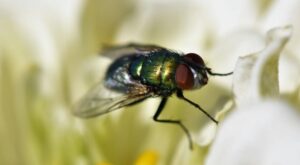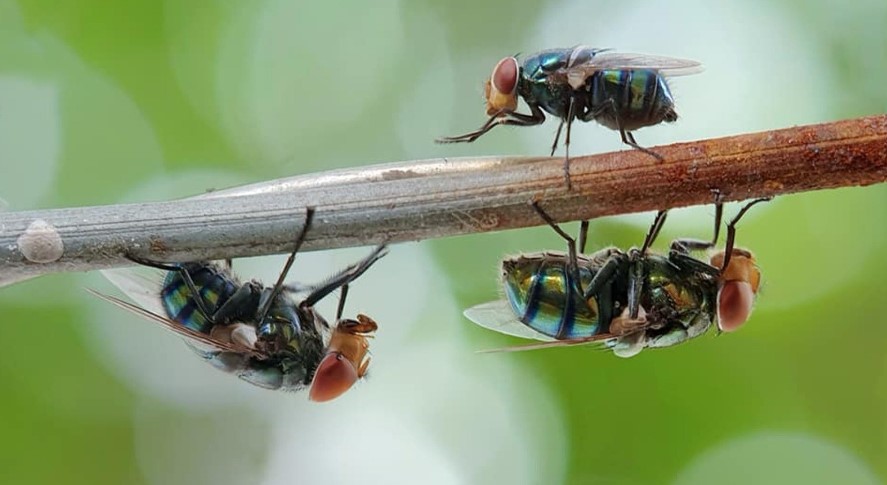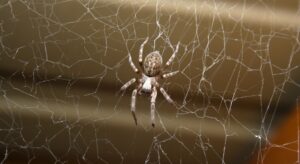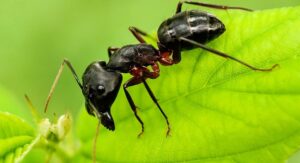Stable flies, also known as biting house flies, can be a pesky nuisance for both humans and animals. Identifying what attracts these blood-sucking pests is crucial in effectively controlling and preventing infestations. In this blog post, what attracts stable flies to your home and how to get rid of them.
What Attracts Stable Flies?

Stable flies are attracted to various factors that make them thrive in specific environments. Here are some common attractants for stable flies:
- Stable flies are drawn to moist, decaying organic matter like wet hay, manure, and spilled animal feed, ideal for their larvae to develop.
- Livestock and their waste attract stable flies that feed on animals’ blood, especially in areas with accumulated waste near barns, stables, and pastures.
- The smell of decaying matter and sweat lures stable flies with the odor of rotting vegetation, wet hay, and perspiration.
- Active during warm weather, stable flies thrive in higher temperatures, making them more common in summer.
- Preferring humid environments, stable flies are often found near water bodies, marshes, or damp surfaces that support their survival and breeding.
By understanding what attracts stable flies, you can take proactive measures to reduce their presence and prevent infestations.
How to Get Rid of Stable Flies?
Stable flies can be a nuisance, especially in agriculture and farms. But with some techniques, we can easily get rid of them. Those techniques are,
Sanitation
Stable flies are attracted to decaying organic matter, especially manure, so it’s essential to clean up these areas regularly. Remove any manure piles or rotting vegetation near your property, as these serve as breeding grounds for stable flies.
Fly traps

There are various types of fly traps you can use to catch stable flies. Sticky traps are coated with a substance that flies get stuck to when they land on it. Electric traps attract flies with light and then zap them. Baited traps use attractants to lure flies in. Place these traps strategically around areas where stable flies are most prevalent.
Biological control
Introducing natural predators of stable flies can be an effective way to manage their population. Certain species of parasitic wasps feed on stable fly larvae, helping to reduce their numbers. Research the types of predators that are native to your area and consider introducing them with the help of experts.
Chemical control
In severe cases where other methods are not effective, insecticides may be necessary. Use insecticides labeled explicitly for stable flies and follow the instructions carefully to ensure safety for humans and other animals. Consider using targeted sprays in areas where stable flies rest and breed.
Conclusion
Stable flies should be eradicated from agricultural land and farms because they will kill our plants. With the above-mentioned techniques and by reducing the attraction, you can eliminate the stable flies from your land. If these DIY methods are not working, there is always an option to call pest control services, they can easily eradicate this pests.






